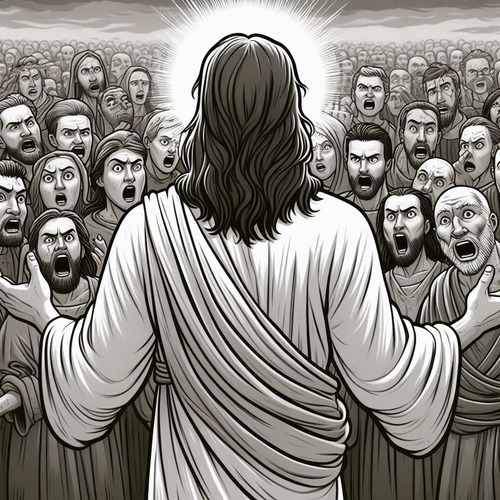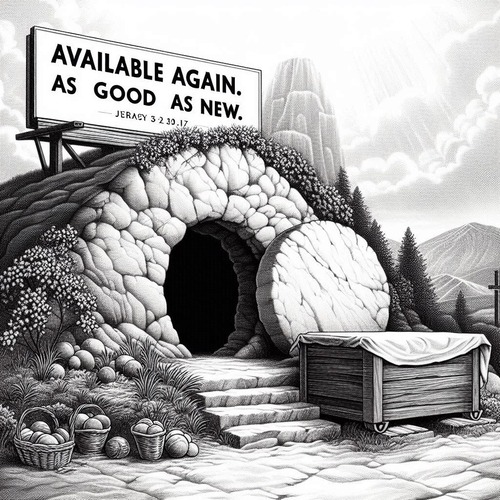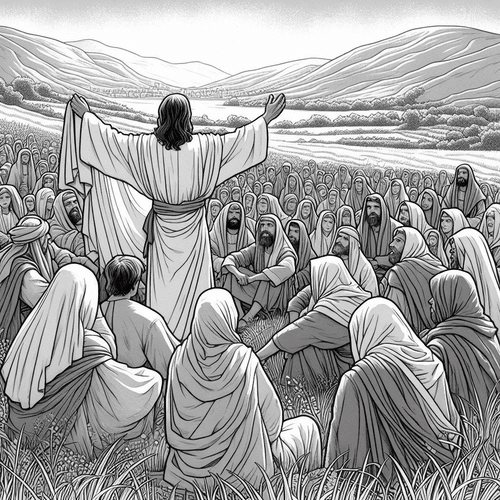What Is the Rose of Sharon? Why Do Folks Link It To Jesus?
Ever heard Jesus referred to as the “Rose of Sharon” in a sermon or hymn and wondered how they’re connected? The phrase appears just once in Scripture, yet it has captivated Christian imagination. Let’s explore what this beautiful image means and why believers see Jesus in this garden metaphor.
THE BIBLICAL SOURCE: SONG OF SOLOMON 2:1
The phrase “Rose of Sharon” comes from the Song of Solomon (also called Song of Songs), where the beloved woman says:
“I am the rose of Sharon, and the lily of the valleys.” (Song of Solomon 2:1, KJV)
In context, this appears in a love poem where the woman describes herself using this flower imagery. Interestingly, biblical scholars aren’t entirely certain what plant “the rose of Sharon” actually refers to. The Hebrew word chabatstseleth may be better translated as crocus, narcissus, or meadow saffron—flowers that grew abundantly in the coastal plain of Sharon in ancient Israel. Rather than modern roses, these would have been beautiful wildflowers known for their fragrance and delicate beauty in the region.
HOW DID THIS BECOME ABOUT JESUS?
So how does a self-description by a female character in a love poem come to be associated with Jesus Christ? The connection developed through centuries of Christian interpretation, particularly through three lenses:
Allegorical Reading of Song of Solomon: Early church fathers and medieval theologians often read the entire Song of Solomon as an allegory of Christ’s love for His Church. In this interpretation, the male lover represents Christ, and the beloved woman represents the Church or the individual believer’s soul. When this allegorical approach is applied, the “rose of Sharon” naturally becomes associated with the beauty and perfection of Christ.
Christ as the Ultimate Fulfilment of Scripture: Reformed theology, following Calvin and others, emphasises how all Scripture ultimately points to Christ. As Jesus Himself said: “You search the Scriptures… and it is they that bear witness about me” (John 5:39). Through this lens, beautiful imagery throughout the Old Testament can be seen as foreshadowing the beauty and excellence of Christ.
The Beauty and Fragrance Symbolism: The rose of Sharon, whatever specific flower it actually was, represented beauty, fragrance, and distinctiveness. These qualities align perfectly with how Scripture describes Jesus:
- His beauty: “You are the most handsome of the sons of men” (Psalm 45:2)
- His fragrance: “Your name is oil poured out” (Song of Solomon 1:3)
- His distinctiveness: “The chief among ten thousand” (Song of Solomon 5:10)
THE REFORMED PERSPECTIVE
Reformed theologians take a balanced approach to this imagery. Rather than forcing direct identification or rejecting any connection, they typically see Christ in the Song of Solomon through biblical typology—where earthly realities (like human love) serve as “types” or shadows of greater spiritual realities.
Herman Bavinck, the prominent Dutch Reformed theologian, wrote that while the Song celebrates human love, this love itself points beyond to divine love, as marriage itself is designed to reflect Christ’s relationship with His church.
Sinclair Ferguson suggests the imagery in Song of Solomon gives us language to express the inexpressible beauty and allure of Christ to the believer’s soul. The rose of Sharon imagery helps us grasp how Christ stands out in splendour among all others.
Joel Beeke notes the Puritans, standing firmly in the Reformed tradition, saw the Song of Solomon as “the Holy Spirit’s description of the mutual love between Christ and His bride, the church.”
COMPETING INTERPRETATIONS
Not everyone agrees on linking the Rose of Sharon to Jesus. There are several competing views:
The Purely Literal View: Some scholars insist Song of Solomon should only be understood as a celebration of human love and marriage, with no allegorical meaning intended. They argue importing Christological meanings distorts the text’s original purpose.
- Strengths: Respects the plain meaning and historical context.
- Weaknesses: Misses how Scripture often contains multiple layers of meaning and fails to explain why the book was included in the canon if it has no spiritual significance.
The Pure Allegory View: On the other extreme, some interpreters throughout church history have viewed every detail of the Song as symbolic, with no real reference to human love at all.
- Strengths: Recognises the spiritual dimensions of the text.
- Weaknesses: Ignores the natural reading of the text and often leads to forced interpretations and bizarre applications.
The Typological View (Reformed Approach): The Reformed tradition typically embraces a typological understanding that honours both the literal and spiritual dimensions of the text.
Strengths:
- Preserves the text’s primary meaning while recognizing deeper significance
- Consistent with how other Scriptures use marriage to illustrate Christ and the Church (Ephesians 5)
- Avoids extremes of pure literalism and excessive allegory
WHAT THIS MEANS FOR BELIEVERS TODAY
Seeing Christ as the Rose of Sharon enriches Christian devotion in several ways:
- It reminds us of Christ’s incomparable beauty and excellence
- It helps us to delight in Christ with both heart and mind
- It gives us language to express our spiritual affections
- It connects our everyday experiences of beauty with the ultimate beauty found in Christ
As Charles Spurgeon expressed it: “The rose of Sharon has been thought to be the most exquisite of roses. Christ is, then, not ‘a rose,’ but the ‘rose of Sharon,’ just as He is not compared to ‘a star,’ but to ‘the bright and morning star,’ not to ‘a shepherd,’ but to ‘the Good Shepherd.'”
CONCLUSION: ROSE OF SHARON
While the phrase “Rose of Sharon” appears just once in Scripture as a self-description by the beloved woman in Song of Solomon, the Reformed tradition offers compelling reasons to see this as ultimately pointing to Christ. Not as a direct prophecy, but as beautiful imagery that finds its fullest meaning in Jesus.
In this way, the Rose of Sharon becomes not just an ancient poetic image, but a vivid reminder of the beauty and excellency of Christ that captivates the hearts of believers today.
“One thing I have asked of the LORD, that will I seek after: that I may dwell in the house of the LORD all the days of my life, to gaze upon the beauty of the LORD and to inquire in his temple.” (Psalm 27:4)
ROSE OF SHARON: RELATED FAQs
Is the modern Rose of Sharon plant (Hibiscus syriacus) the same as the biblical Rose of Sharon? No, they’re not. The modern ornamental shrub called “Rose of Sharon” (Hibiscus syriacus) was named after the biblical reference but isn’t native to ancient Israel. Biblical scholars suggest the original “rose of Sharon” was likely a crocus, narcissus, or meadow saffron that grew abundantly in the Sharon plain during biblical times.
- How did hymn writers use the Rose of Sharon imagery in their compositions? Hymn writers, particularly from the 18th and 19th centuries, embraced the Rose of Sharon imagery as a poetic way to describe Christ’s beauty and attractiveness. Isaac Watts’s “The Rose of Sharon” and the traditional spiritual “The Lily of the Valley” (which references both floral images from Song of Solomon 2:1) are prime examples where this imagery creates deeply affective expressions of Christ’s beauty and the believer’s devotion.
- Shouldn’t we be comparing every beautiful and fragrant flower mentioned in Scripture to Christ? Not necessarily. While Christ is indeed the ultimate fulfillment of Scripture, not every flower or plant mentioned is intended as typology or allegory for Him. We must balance seeing Christ throughout Scripture with responsible interpretation that doesn’t force connections where the text doesn’t naturally support them.
- Did the Reformers reject allegorical interpretations of Song of Solomon entirely? No, they didn’t, but they did insist on grounding them in the text’s plain meaning first. Calvin and others emphasised that while Song of Solomon celebrates human love, this love itself points to Christ’s love for His church through typology rather than pure allegory. The Reformed approach values the text’s natural meaning as the foundation for spiritual applications.
- How does the Rose of Sharon imagery relate to communion or the Lord’s Supper? In Reformed sacramental theology, the elements of communion represent Christ’s presence spiritually rather than physically. Much like how the Rose of Sharon imagery presents Christ’s beauty through metaphor, the bread and wine serve as signs and seals of Christ’s presence, making Him spiritually “visible” and intimate to believers. Both the imagery and the sacrament help believers experience Christ’s sweetness with spiritual senses.
- Are there cultural applications of the Rose of Sharon in different Christian traditions? Yes, various Christian traditions have contextualised the Rose of Sharon imagery according to their cultural expressions. African American spirituals often use this imagery to express hope and beauty amid suffering. Korean Christianity has embraced the Rose of Sharon as a national symbol (the Korean national flower is a Rose of Sharon hibiscus), connecting national identity with Christian faith.
How does seeing Christ as the Rose of Sharon affect our appreciation of natural beauty? When we see Christ prefigured in the Rose of Sharon, it helps us develop a sacramental vision of the world—seeing created beauty not as an end in itself but as pointing beyond to its Creator. This perspective enriches rather than diminishes our appreciation of natural beauty, as we learn to see flowers and all creation as witnesses to God’s glory and Christ’s excellence.
ROSE OF SHARON: OUR RELATED POSTS
Editor's Pick
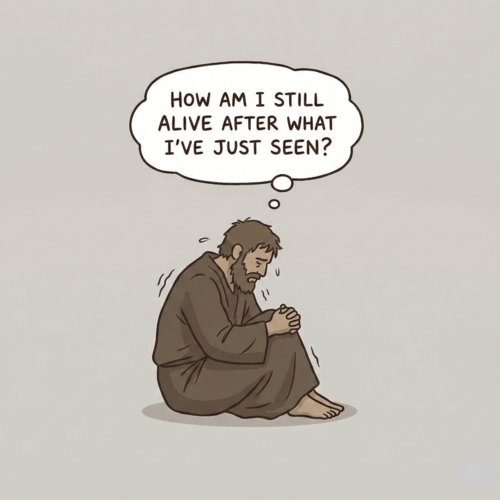
The Throne-Room Vision: Who Did Isaiah See?
The scene is unforgettable: Isaiah stands in the temple, and suddenly the veil between heaven and earth tears open. He [...]
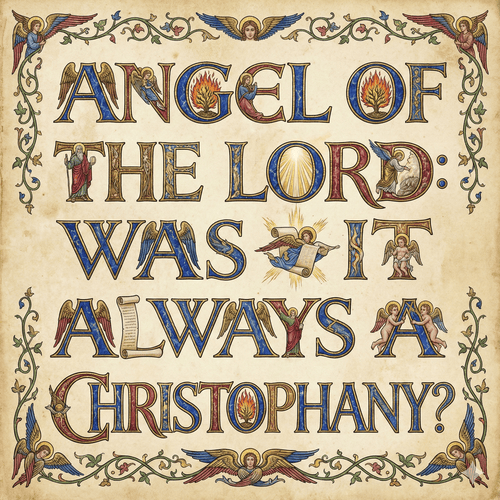
The Angel of the Lord: Can We Be Certain It Was Christ All Along?
Throughout the Old Testament, a mysterious figure appears: the Angel of the LORD. He speaks as God, bears God’s name, [...]
SUPPORT US:
Feel the Holy Spirit's gentle nudge to partner with us?
Donate Online:
Account Name: TRUTHS TO DIE FOR FOUNDATION
Account Number: 10243565459
Bank IFSC: IDFB0043391
Bank Name: IDFC FIRST BANK



